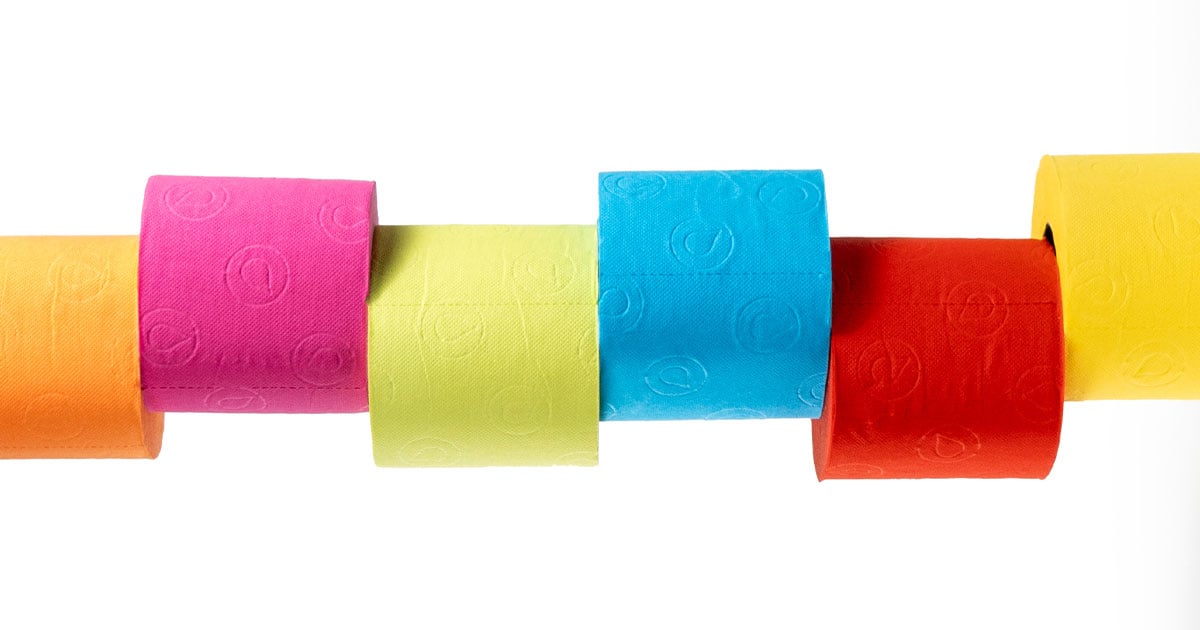Bold advertising campaigns
Luís Saramago, Marketing Director of the Renova brand, says that Renova's brand strategy is based on the desire to surprise consumers and the market. The company combines strong product innovations with modern communication and bold marketing campaigns. For example, the launch of Renova Black in 2006 made black toilet paper an iconic product.
Quality and accountability play an important role
According to Saramago, the Renova brand wants to continue to surprise with its unique and innovative approach. Quality is therefore particularly important.
Raw materials have a significant impact on the quality of the final product. Both long fibre softwood pulp and short fibre hardwood pulp are used in production. In different products, the proportions vary, but softwood pulp, which Metsä Fibre supplies to Renova, is always needed to improve strength. ”Metsä Fibre's pulp solves our raw material challenge, so we want to continue our joint development work, ”says Saramago.
Renova commits to responsible practices and ESG goals (Environmental, Social, and Governance). The company strives to create a harmonious relationship between nature and people and to promote sustainable development. Renova invests in energy efficiency, the use of renewable energy and water saving in its production. In addition, the company has recently launched products whose packaging is made of biodegradable and recyclable material instead of plastic. For example, plastic films containing thinner or recycled materials have been used in packaging. In some packages, the plastic has been replaced with paper.

Changing markets
Renova monitors market changes, such as developments in artificial intelligence and data science, sustainability trends and changes in consumer behaviour. The company adapts to different market conditions and continuously strives to improve its sustainability projects.
Renova's solid reputation creates a strong foundation for continued growth and expansion into new markets. However, increased competition, fluctuating raw material prices, disruptions in the value chain and regulatory changes can pose challenges. ”Our future success will depend on how effectively we are able to face these challenges,” says Saramago.
This article was originally published in Fibre Magazine issue 2025.
